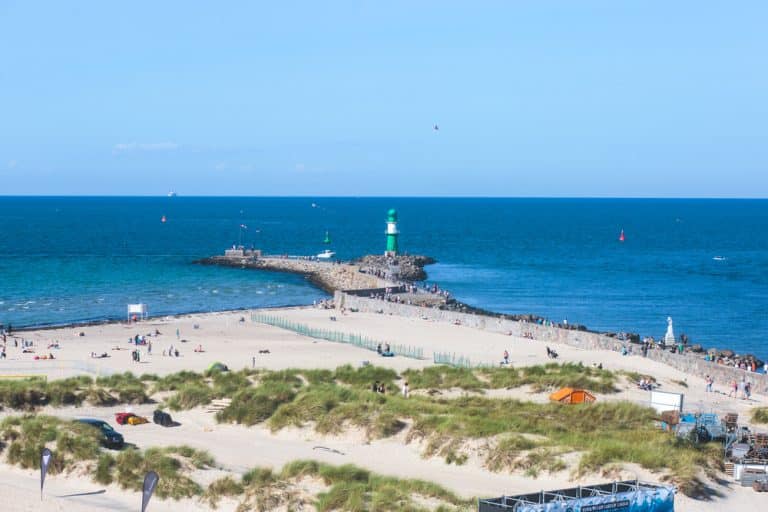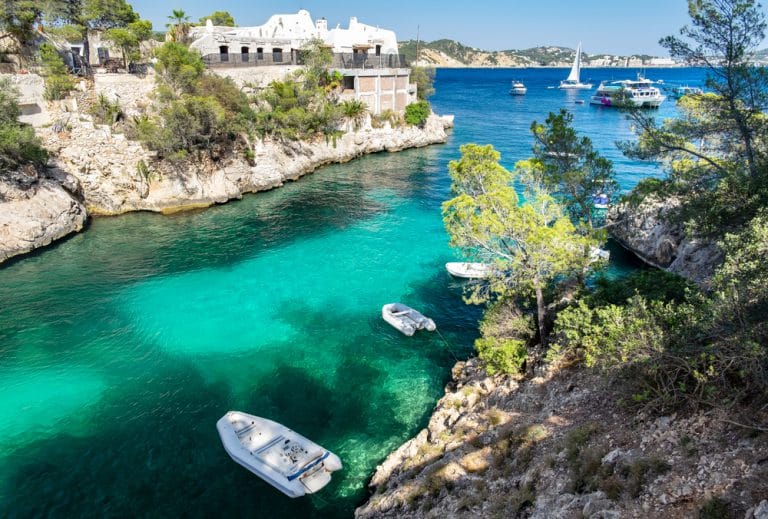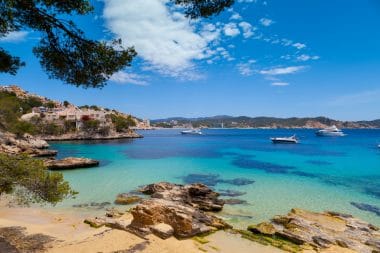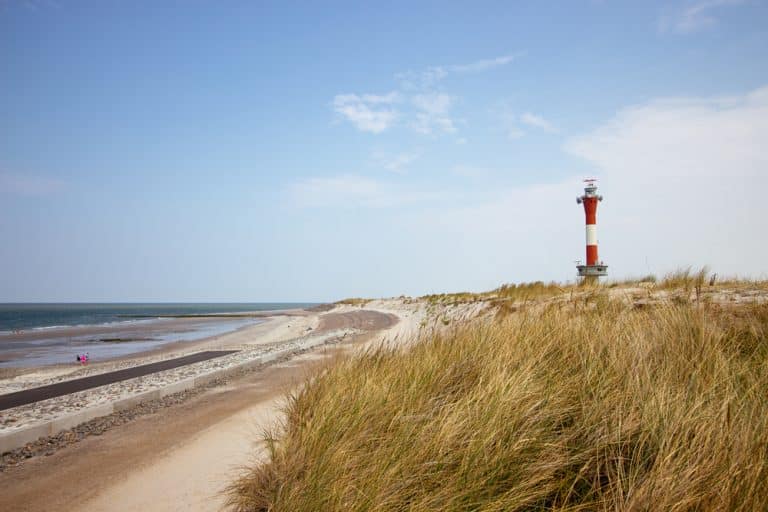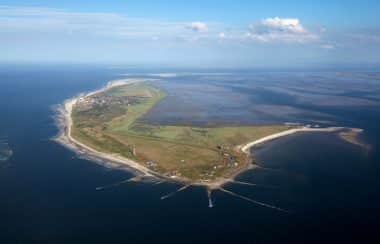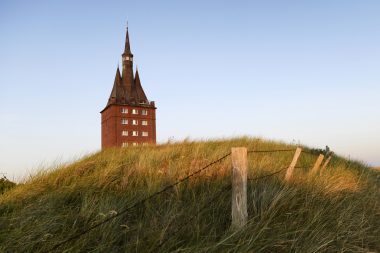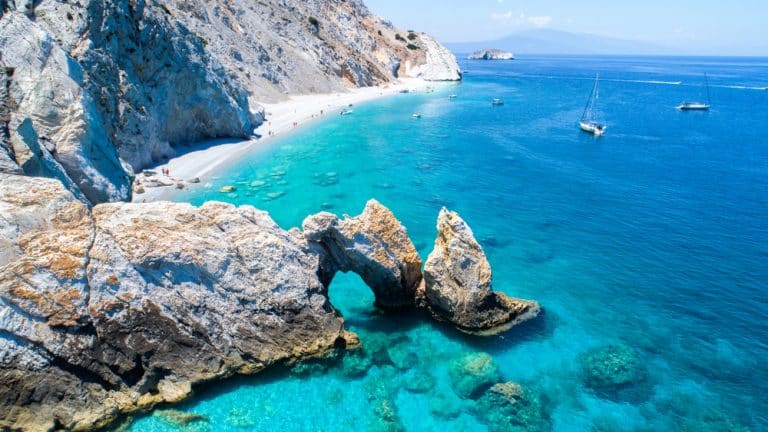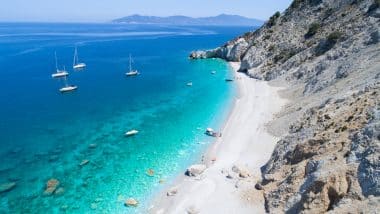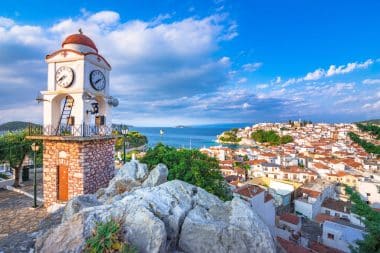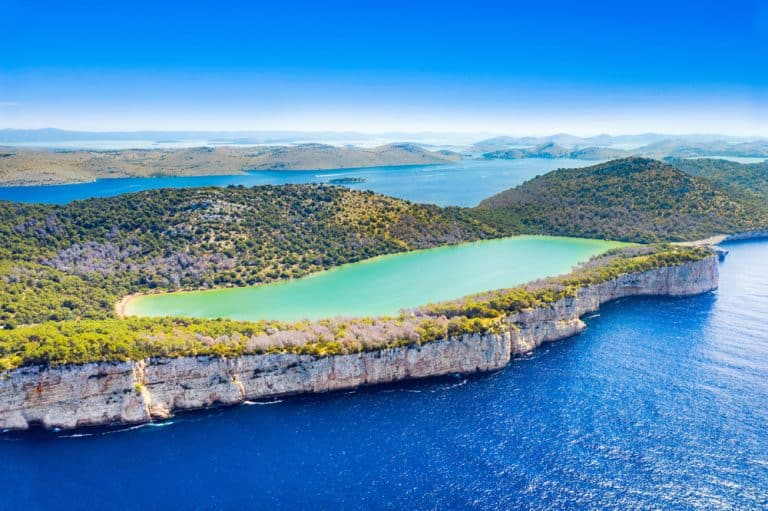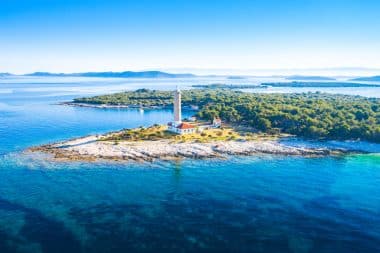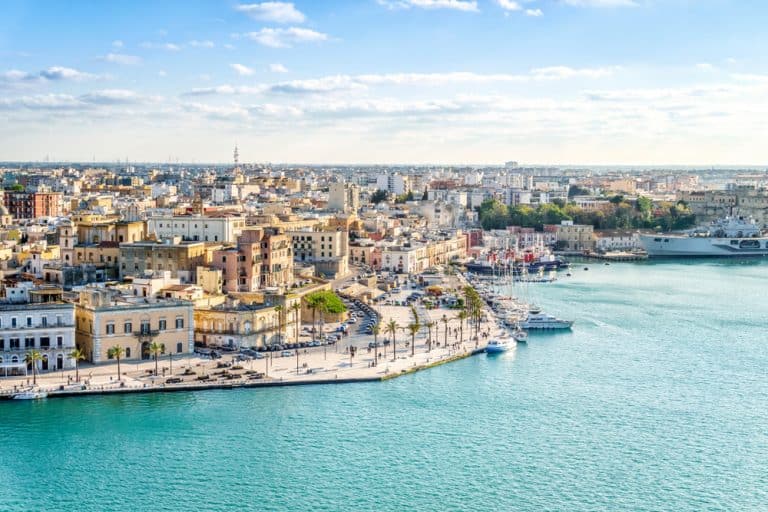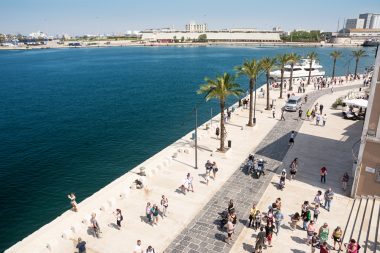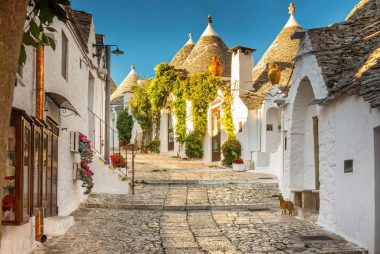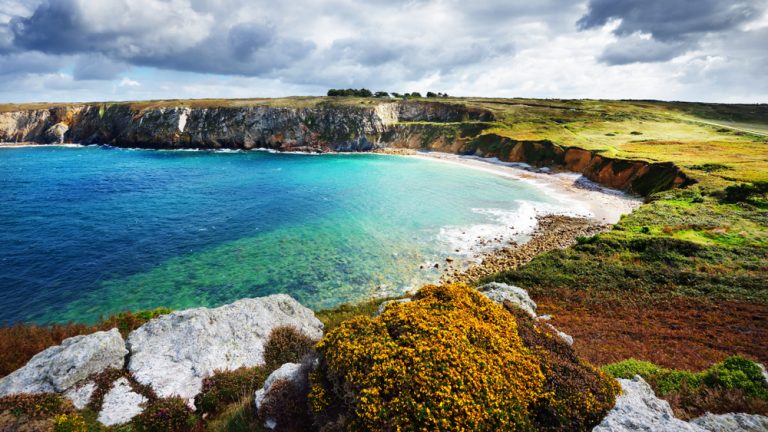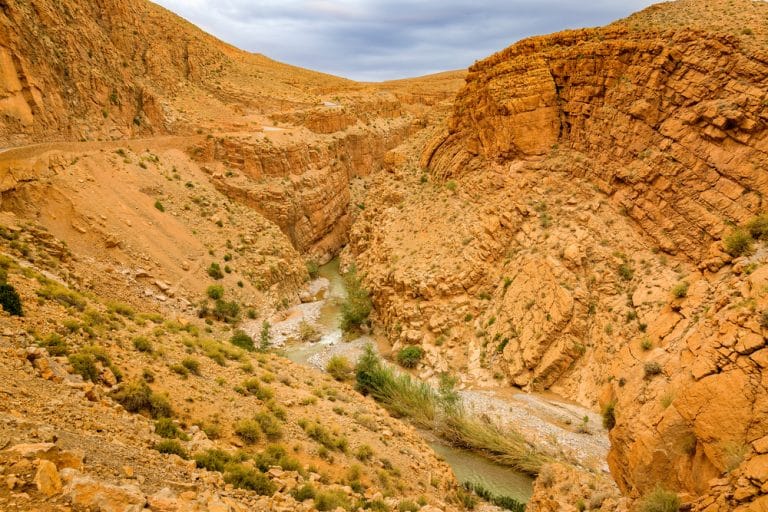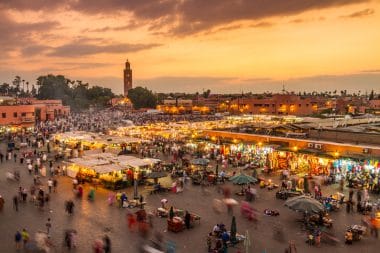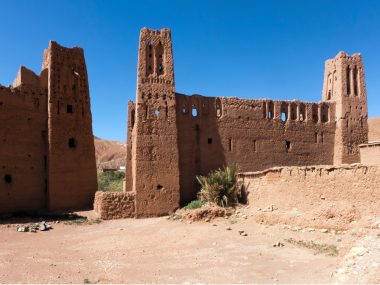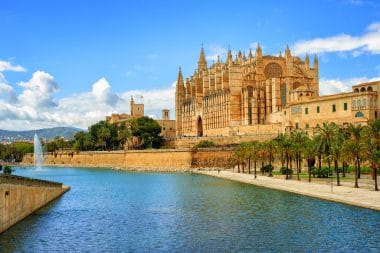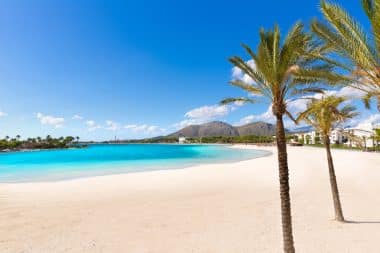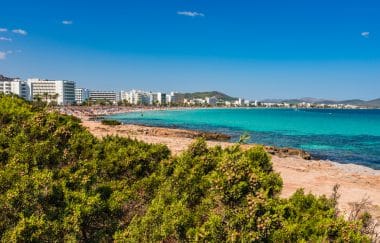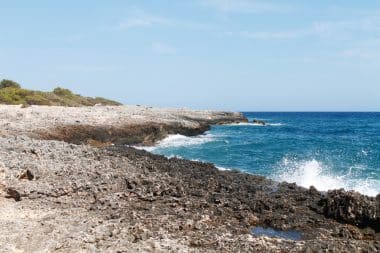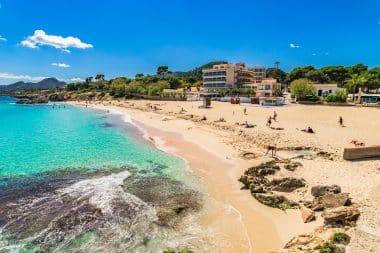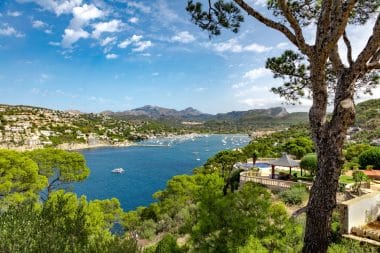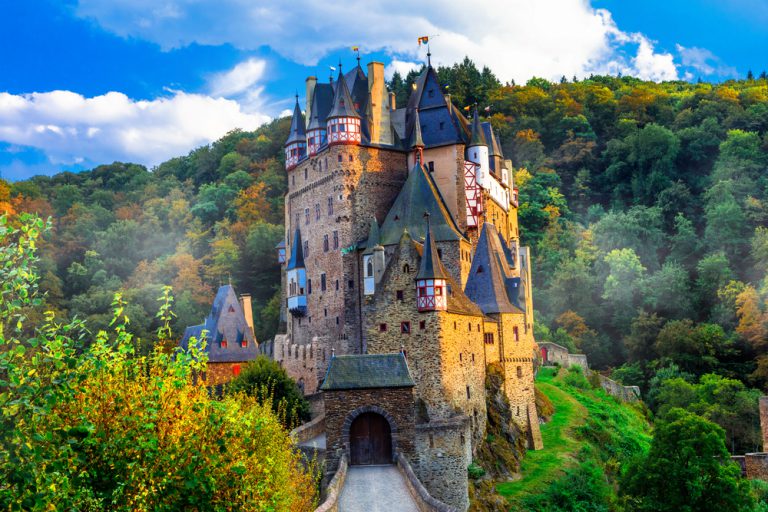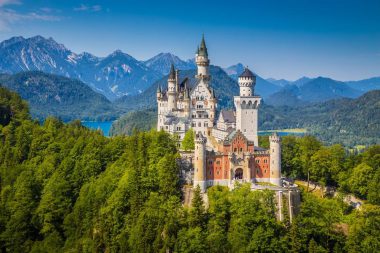There are few places in Germany where beach recreation close to the sea is as directly possible within a big city as in Warnemünde. The Baltic Sea resort is one of the most beautiful and famous districts of the Hanseatic city of Rostock. If you want to combine inner-city sightseeing with coastal flair close to the beach on the Baltic Sea, Warnemünde is the right place for tourism!
Warnemünde – Historic coastal settlement as a Baltic Sea resort
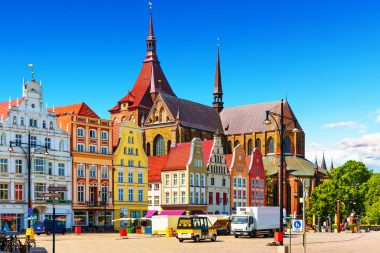
Visible from afar, the famous Teepott and the lighthouse of Warnemünde are enthroned above the face of the beach region. Today a tourist highlight in the north of the Hanseatic city of Rostock, the striking coastal panorama of Warnemünde geographically accompanies the Warnow River as it flows into the Baltic Sea. The popular Baltic Sea resort in Mecklenburg-Western Pomerania is actually home to only a fraction of Rostock’s more than 200,000 inhabitants: almost 6,000 people live here. But Warnemünde is the place-to-be when it comes to idyllic beach life and the tourist holiday highlights in Rostock.
Warnemünde is said to have been settled by Frisians and Lower Saxony as early as 1100, and in the 14th century the small village was incorporated into the then city of Rostock. The district of Warnemünde and the city are thus linked by a long history – today the northern city region is one of the most beautiful and popular seaside resorts on the Baltic Sea. In terms of tourism, there are multifaceted highlights to see here, not only the beach, tea pot and lighthouse ensure this. Regular events such as the Warnemünde Week ensure a mostly lively holiday experience for all those who are looking for a mixture of relaxation and activities here. In terms of tourism, Warnemünde is one of the most fascinating places on the Baltic Sea.
Teepott, lighthouse and co. – Landmarks and sights of Warnemünde
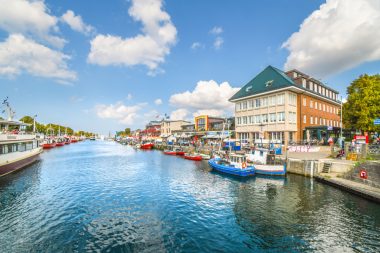
If you take a photo of the beach panorama near Warnemünde, you will notice two buildings for a reason: Teepott and Leuchtturm. Together, they form the modern landmark of the Baltic Sea resort, which also has a sandy beach about 150 metres wide and a distinctive beach promenade. The striking lighthouse of Warnemünde towers over 36 metres above the local coastal panorama. As early as the 14th century, there is said to have been an early form of a lighthouse here, which still consisted of a simple wooden frame and a fire basket. Today’s Warnemünde lighthouse was completed in 1898 and has shaped the scenic face of the Warnemünde coastal region ever since. Today, the lighthouse not only fulfils its original function, but also serves as a popular vantage point to see Warnemünde in its entirety in good weather.
In the immediate vicinity of the lighthouse is the ominously named Teepott, a circular building whose origins date back to 1968. Especially among the otherwise mostly uniform construction methods in the GDR era, the unusual building on the coast stood out early on. As early as the 20s of the 20th century, there was a round tea pavilion in the architectural style of the New Building on the site. Today it is assumed that the name Teepott was inspired by the predecessor building. There is now a restaurant here, and the Teepott forms a tandem of Warnemünde’s landmarks together with the neighbouring lighthouse.
In addition to these two obvious sights and the beach, a long lakeside promenade awaits you on site, where neoclassical villas and hotels are grouped in the striking seaside resort architecture of the Baltic Sea. In striking green, the small west pier welcomes travellers at the harbour entrance. The red and white east pier near Warnemünde is considered a counterpart to the coastal structure built in 1985. The waters on the coast of the Baltic Sea resort are shaped by the Old Stream and the New Stream, and there is also a fish market on the historic central pier today – for those interested in fresh or smoked fish. An insight into the history of the region is provided by the small Warnemünde Museum of Local History, which provides information about seafaring and coastal life. If you are interested in the outstanding buildings near Warnemünde, you will not only come across an old Dutch mill from 1866, but also the historic Warnemünde church from the 19th century with its neo-Gothic façade. Sightseeing in Warnemünde promises to be the opposite of a boring affair.
Festivities, excursion destinations and co. – more reasons to visit Warnemünde
The supra-regional focus on Warnemünde is not only of a tourist nature – passionate sailors and advocates of a wide variety of leisure activities are also regularly attracted to the northern city region of Rostock. This is also ensured by festivities and events such as the Warnemünde Week and the Hanse Sail. The Warnemünde Week is an annual sailing event with international appeal, with the usually more than one million visitors not only drawn to the sailing regattas, but also to the traditional costume parades and the general festival flair of the weekly event. Gigantic sailing ships also present themselves at the Hansesail, which unfolds in Warnemünde in August of each year. Instead of modern sailing regattas, the focus here is on traditional sailing ships and gigantic multi-masters.
What has not yet been sufficiently talked about: the Baltic Sea. The natural highlight on the coast of Warnemünde characterizes the entire northern region of Mecklenburg-Western Pomerania and the neighboring states. In sunny weather, you can enjoy a relaxing beach holiday on the long beach of the Baltic Sea. If you want to enjoy the coastal flair, Warnemünde is the right place for you: not only does the beach area extend over two kilometres, the more than 150-metre-wide beach is one of the widest beaches on the North German Baltic Sea coast. If you stay at Warnemünde for tourism, it is also not far to the historic city centre of Rostock – with highlights such as Kröpeliner Straße, St. Peter’s Church and Rostock Zoo .


